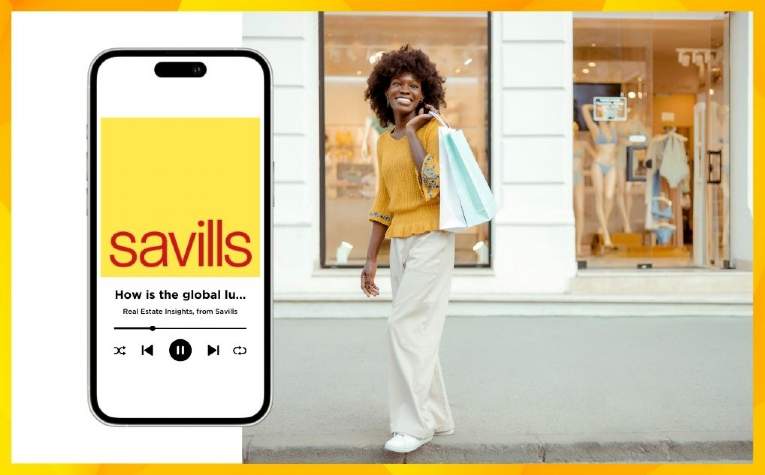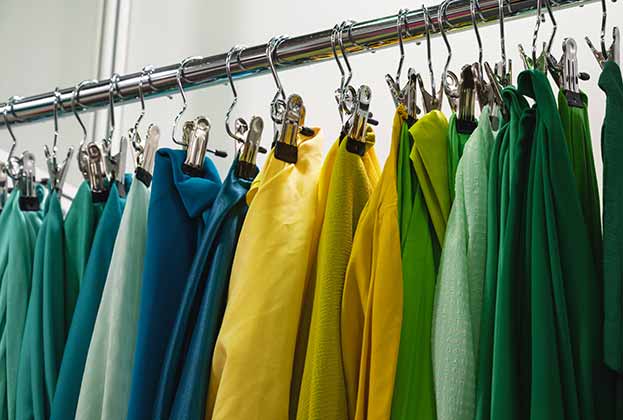The softening in luxury goods spend fed through to new store openings this year. As such, we estimate that new store openings by luxury brands will reach approximately 350 globally by the end of the year, down on the 470 reported in 2016.
However, despite fewer new openings, brands’ strategies to streamline their portfolios and invest in more considered locations has seen some relocate and consolidate. Others have opened larger stores in the ‘best’ locations in a given market.
The result has been a refocus on destination cities in Europe, North America and Asia Pacific markets beyond China, all of which have seen a proportional increase in share of global luxury store openings. In particular, Paris, London and Milan all rank among the top 10 global cities for store openings this year. Stella McCartney, Panerai and Chloé have opened in London, while Louis Vuitton, Balenciaga and Rimowa have opened in Paris. By contrast, the proportion of global luxury openings in China and the Middle East fell to 9 per cent in 2017 from 17 per cent in 2016.
Share of global luxury store openings by market:
| Market | 2017 | 2016 | ||||||||||||||||||||
| Europe | 38% | 36% | ||||||||||||||||||||
| Asia Pacific | 27% | 24% | ||||||||||||||||||||
| North America | 21% | 15% | ||||||||||||||||||||
| China & Middle East | 9% | 17% |
This trend is coupled with a rise in the average size of new luxury stores from 3,100 sq ft in 2016 to 3,300 sq ft in 2017. Even the most ‘expensive’ cities for real estate such as New York and Tokyo have seen average store sizes increase this year, as brands focus on making maximum impact with their store portfolios. Moncler’s opening of a new 8,600 sq ft (800 sq m) store in Milan in 2017, thought to be its largest in the world to date, and Loewe doubling the size of its store on Calle de Serrano in Madrid, are good examples.
Looking ahead, we expect that improvements in global luxury sales will feed positively into new store requirements in 2018, but the focus is likely to remain on strategic and under-represented markets in Europe and North America. Affordable luxury brands will also continue to play a key part in the overall luxury market, particularly as this segment can support multiple stores for a single brand in a given city.
Further information
Read more: Savills Global Luxury Index
.jpg)
.jpg)



.jpg)




